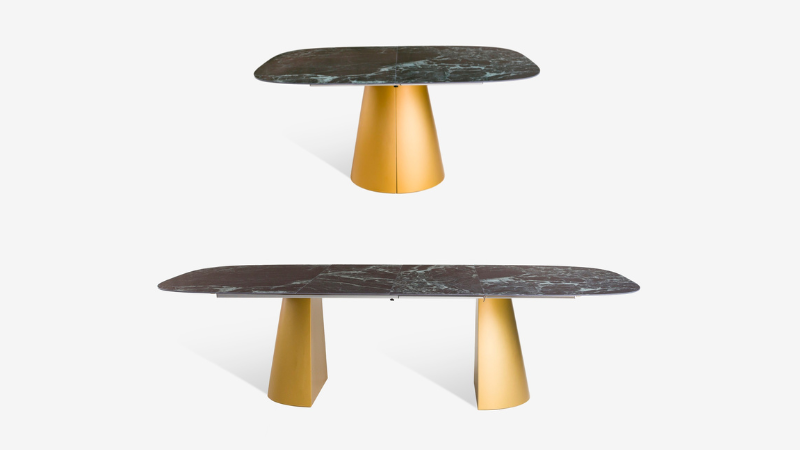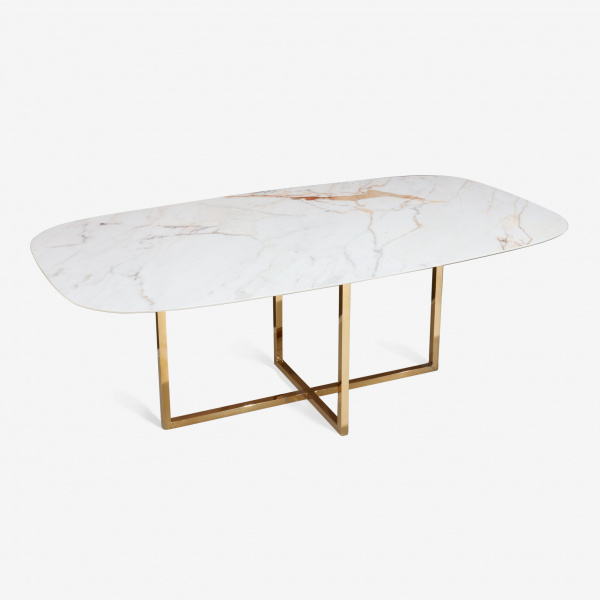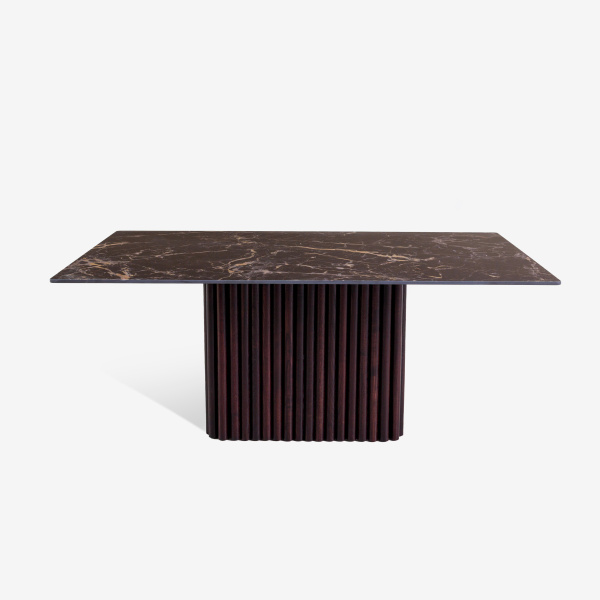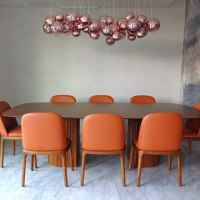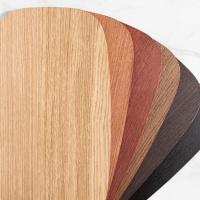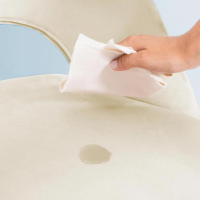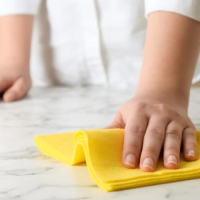What is the difference between marble and marble-effect ceramics?
A detailed comparison between the intrinsic qualities of marble and its reinterpretation in ceramics.
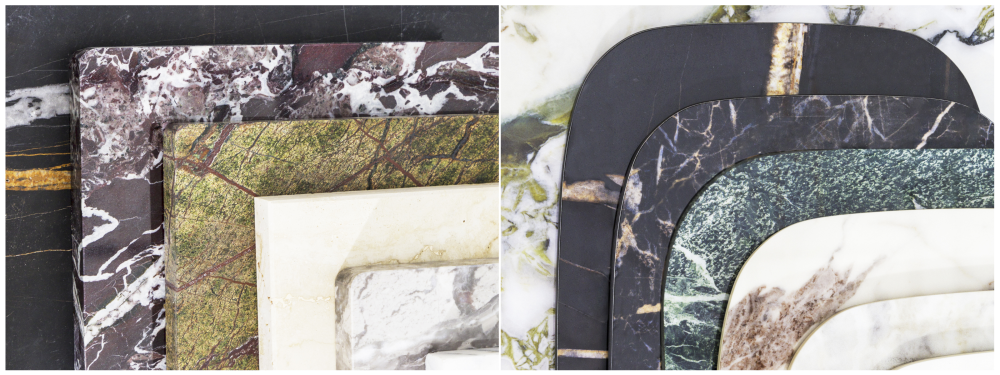
One of the most frequent questions we are asked by customers when choosing a table material is "What is the difference between marble and marble-effect ceramics? Which one do you recommend?".
Marble and ceramic are two popular options for designer dining tables, coffee tables or garden tables. Both boast an exceptional combination of elegance and robustness, however, they have unique characteristics that deserve careful consideration before making your final decision. In this article, we explain the fundamental differences between marble and marble-effect ceramics, guiding you towards an informed choice that suits your lifestyle and aesthetic needs.
Marble: timeless elegance and durability
Marble is a fine, porous natural stone, a limestone rock composed mainly of calcium carbonate. It has a luxurious and elegant appearance and offers a wide range of colours and veining, making it a popular choice for the dining or living room table.
It is suitable for both classical and modern settings and is distinguished by its uniqueness: each piece of marble tells an exclusive story through the diversity of its textures, setting it apart from other natural stones.
Marble-effect ceramics: the perfect combination of aesthetics and practicality
On the other hand, marble effect ceramics is a material made by firing clay, which can be decorated in various ways. It reproduces the appearance of natural stone both in colour, veining and finish, which can be polished or matt. Subjected to high pressure and temperatures reaching 1200-1400°C, these materials go through the vitrification process, becoming completely waterproof and highly resistant.
The ceramic used to create Ibfor's tables and furniture is called porcelain stoneware, a ceramic obtained by pressing finely ground clays and subsequently fired at around 1200 degrees centigrade, which determines greification, the term from which the word 'stoneware' is derived. The attribute 'porcelain', on the other hand, reflects the use of pure white clays in the course of this meticulous production.
Marble-effect ceramics (or porcelain stoneware) is ideal for furnishing classic settings, but also in contemporary and minimal contexts. It ensures elegance, practicality and versatility in the realisation of table tops, as it can also be used for extending dining tables. In addition, it is a cheaper material than precious marble.
Marble and Marble-effect ceramics in comparison
Marble not only fascinates with its appearance, it is robust and durable, although it has a delicate surface, as it fears wear, stains and scratches. It requires regular maintenance and special care if acidic liquids such as wine, coffee or lemon are used, as they can create stains or halos that are difficult to remove. To this end, we recommend you read our guide to cleaning and maintaining marble.
In contrast, ceramic offers greater versatility and resistance to stains and scratches, being a high-density material. It is resistant to chemicals and waterproof, hence also hygienic. It resists heat and also UV rays, making it an ideal material for dining or outdoor tables.
In conclusion, the choice between a marble and a ceramic table depends very much on personal preference and taste, as well as furnishing requirements.
If one is looking for an elegant and refined option, marble is the ideal choice, but requires specific care and attention. If, on the other hand, you prefer a more practical yet modern solution, ceramic is the best choice.
Our advice is to carefully consider the features, pros and cons of both materials before choosing between a marble or ceramic table.
Discover some of our marble and marble-effect ceramic furniture solutions here ⤵️
Practical tips for the cleaning and care of wooden furniture
How to maintain wooden furniture over time
How to clean velvet armchairs: practical tips and mistakes to avoid
In this article we explore the best methods to clean velvet effectively and the mistakes to avoid in order not to damage it.
It is precisely for this reason that over the years it has become the fabric par excellence for covering Ibfor chairs, ...


